Transient Response
20% Load – 20ms
| Advanced Transient Response 20% - 50 Hz | ||||
| Voltage | Before | After | Change | Pass/Fail |
| 12V | 12.166V | 12.078V | 0.72% | Pass |
| 5V | 5.044V | 4.932V | 2.21% | Pass |
| 3.3V | 3.302V | 3.169V | 4.03% | Pass |
| 5VSB | 5.065V | 5.006V | 1.16% | Pass |
50% Load -20ms
| Advanced Transient Response 50% - 50 Hz | ||||
| Voltage | Before | After | Change | Pass/Fail |
| 12V | 12.159V | 12.078V | 0.66% | Pass |
| 5V | 5.037V | 4.938V | 1.97% | Pass |
| 3.3V | 3.290V | 3.149V | 4.29% | Pass |
| 5VSB | 5.052V | 5.005V | 0.92% | Pass |
The transient response is very good at 12V, which matters the most, but the minor rails need improvement, especially at 3.3V, which drops well below 3.2V once the transient load is applied.
Transient Response ATX v3.x Tests
The PSU passes all ATX v3.0 transient response tests. However, the 3.3V rail drops low in the 200% load test.
The 12V rail’s performance is top in these tests.
Pages:
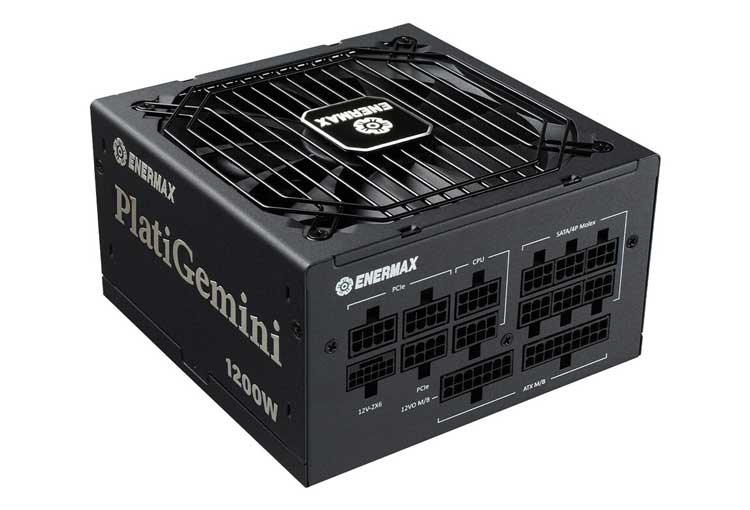
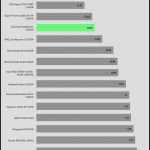
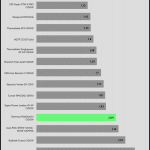
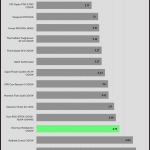
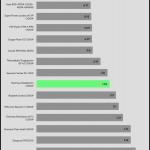

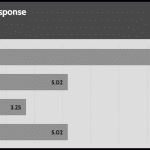

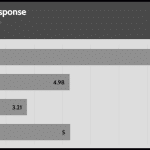
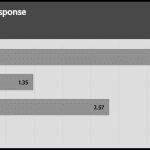
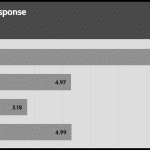
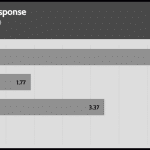
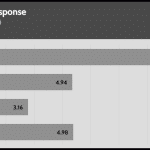
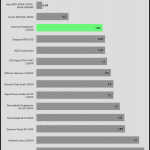
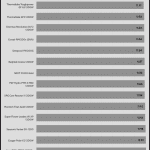
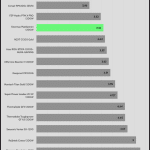
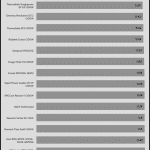
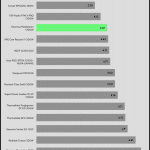
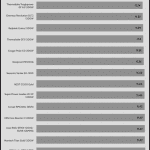
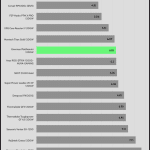
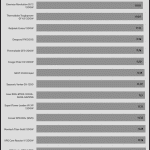
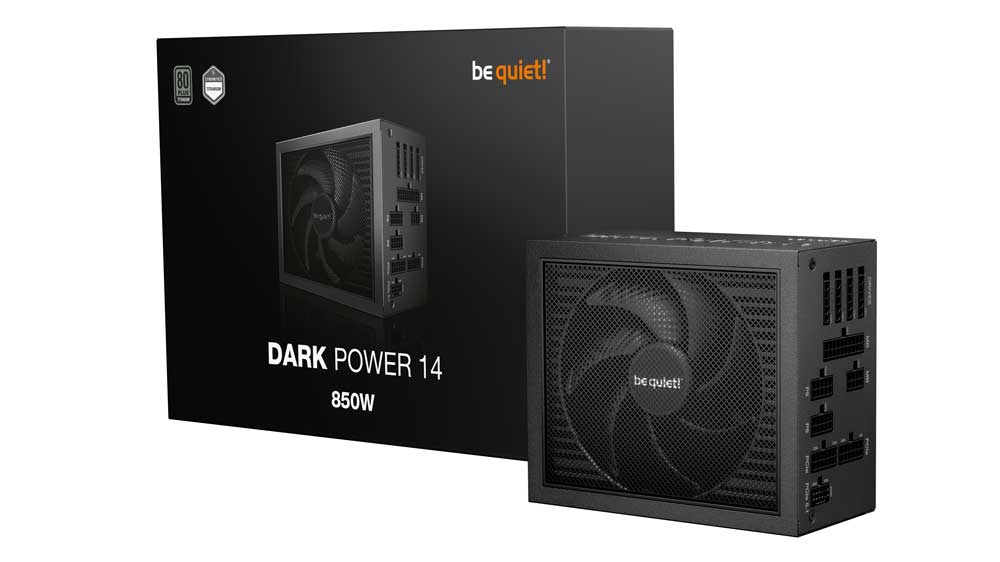

Enermax seems to be having supply chain issues; this, and many others of their best models are not available in their own store or from resellers (all “out of stock”). Is Enermax in trouble as a company?
I remember my first Enermax power supply in the Athlon XP days, and my second when they went modular. I’d buy this in a heartbeat if I could find it. Do you have a contact where you could figure out what is going on?
I haven’t talked to them in ages! Not sure if anyone is around there to return my emails.
Kαλησπέρα Αρη και συγχαρητήρια για το review του τροφοδοτικού για αυτό είσαι και από τους ελάχιστους μς γνώσεις και εξοπλισμό top of the range, μια απορία έχω σχετικά με το υψηλό OCP όπου μέτρησες, μήπως σε αυτά τα τροφοδοτικά έχει κάποια σχέση με το up to 235% power excurtion όπου δίνει η ίδια η enermax για το 12pin VHP του τροφοδοτικού και είναι with in specs?
Γεια! Όχι δεν έχει να κάνει το υψηλό OCP με το 235%. Απλά δεν το έχουν ρυθμίσει καλά.
Για RTX 5090 θα συνιστούσες το Platigemini ή θα ήταν καλύτερη σαν επιλογή το Platimax DF 1050 με τον αντάπτορα της nvidia 4*8pin, Ευχαριστώ
Θα σου πρότεινα ένα τροφοδοτικό με native connector, παρόλο που και ο μετατροπέας της NVIDIA είναι υψηλής ποιότητας (τουλάχιστον αυτός που έχουν οι FE)
Also, is the fan feature to rotate anticlockwise loud when getting rid of dust. Does it happen everytime PC gets powered?
I don’t remember, but keep in mind that this gimmick really works! Every time the PSU starts (meaning PC start).
Is Enermax PlatiGemini 1200W ATX v3.1 or NZXT C1200 ATX 3.1 considered better? Which one would you buy?
both are good. Their price is the major factor.
This seems like a great choice for a PSU, but the underperforming OPP and OCP protections are holding me back from buying it. Have there been any known updates to address this? Since I am not an electrical engineer, I am left wondering what the worst case scenario is for these shortcomings- i.e., damaged pc components, house burns down, etc… Thanks in advance for any update.
Same here! The OPP and OCP protections are holding me back. I’ve thought about it a lot and done plenty of research, and I think I’ll start looking for an alternative.